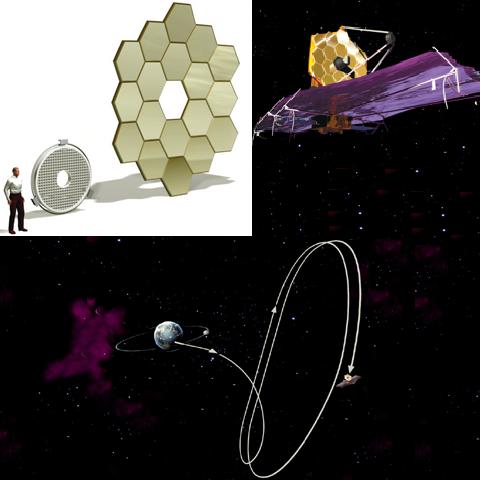The next generation of telescopes will reveal the mysteries of the universe to us

We've never known more about the universe than we do now - and that's exactly the problem. Every significant astronomical discovery in the last 50 years - twilight from the Big Bang, evidence of black matter, planets orbiting distant stars, and many other things - has contributed to formulating a larger and more confusing amount of cosmic questions: Is there life on these distant planets? How were the first stars formed after the big bang? Is the universe full of antimatter force, and if so, what is it? And the most annoying question: what else did we miss?
Answers to such questions do not arise as a result of idle observation. They are obtained by building really good telescopes. In the next decade we will understand, design and build the first generation of telescopes produced with the help of computers. These telescopes will open their eyes to the sky, each having the ability to shake up our fundamental understanding of the cosmos. Some of these telescopes do not look like ordinary telescopes, but each of them has the ability to go out into the universe and reveal its special properties and wonderful strangeness.
In this series of articles we will present a profile of ten of the most important, daring, and powerful devices.
The James Webb Space Telescope - the undisputed king of the night sky

Sponsor: NASA, Space Telescope Science Institute
Location: In orbit, 1.6 million km from Earth
Cost: $ 2,500,000,000
Estimated completion: 2011
In August 2011, an Ariane missile will probably be launched, followed by a launch in French Guinea. The rocket will carry a beryllium and gold mirror 6.5 meters wide that will be folded to a third of its size and will withstand the enormous forces that will be applied to it during takeoff. The primary mirror of the James Webb Space Telescope is the size of two car garages, and there is no rocket large enough to carry it open. After the largest telescope ever reaches space, its mirror will open into a giant 223 square meter umbrella shape as it drifts into its orbit around La Grange Point 2, a point located 1.6 million km from Earth in a place where gravitational forces are quite weak.
The telescope will be placed so far away because in this location the infrared telescope will not sense the heat of the Earth. James Webb will observe the universe using an infrared camera similar to night binoculars used by soldiers to locate an enemy in the dark, but much more sensitive. Any heat that is near the telescope will be seen as noise - and that is why it is placed so far from Earth's orbit. In addition, it has a sun visor and cold generators to cool the optical parts to a temperature of only 37 degrees Celsius above absolute zero. The telescope will be so sensitive in the infrared range that it will be able to detect stars and galaxies that emit only a tiny number of photons per hour.
What stars and galaxies would be so frugal with their infrared photons? Those that are extremely far away in space and time.
Ever since Edwin Hubble proved in 1929 that galaxies are moving away from each other, the race for telescopes has been to look deeper into space to see more ancient sights. James Webb is so big and so cold and sensitive that he can detect the first luminous objects created after the Big Bang. If James Webb achieves this goal, then in a sense we will reach the end of the road. No telescope built in the future will be able to help us see stars further away in space or time, because there won't be any.
The technologies that the telescope will use are simply unbelievable - among them are detectors that can sense a single photon that has traveled a distance of billions of light years and a mirror that can change its shape 10 nanometers at a time. James Webb's mirror is made of beryllium, a very hard metal that is difficult to manipulate, but so light that it allowed the creation of a 6.5 meter wide mirror whose weight is a third of that of the 2.4 meter wide glass mirror of the Hubble - the most important telescope ever created. The mirror will be covered with a pure gold coating one micron thick, which is an excellent reflector of infrared light. In addition to capturing the earliest objects, James Webb will provide visualizations of regions where new solar systems are forming, detect evidence for the existence of dark matter and dark energy, and bring stunning photographs of Neptune and Uranus. It will be the leading tool of its time, the pillar of all astronomy.
The James Webb Telescope website as part of the NASA website
